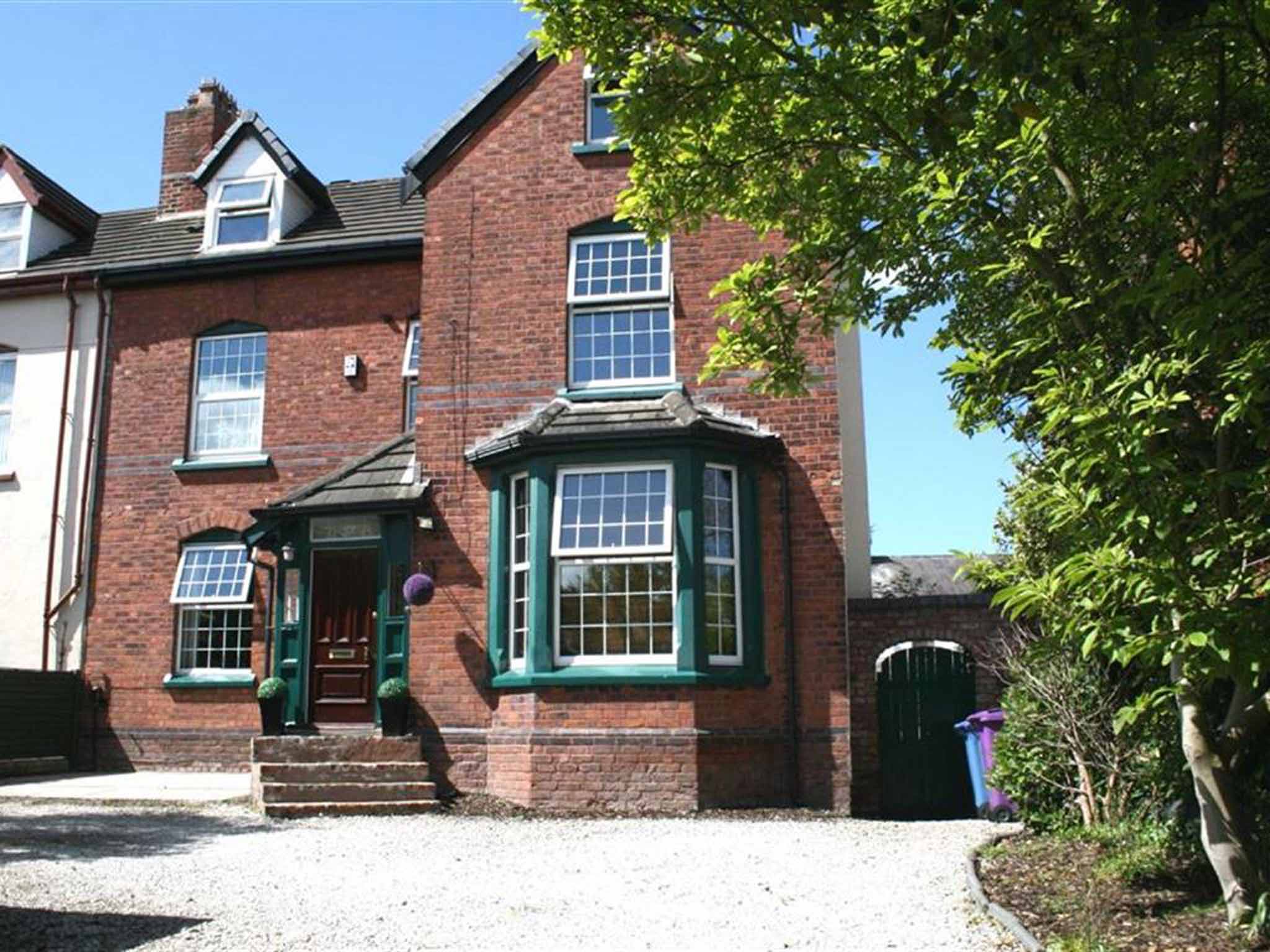Moving out of London, rising flat prices, and home improvement hotspots: Property news
A rundown of the latest property statistics

Flat winners
The average price of a flat in the UK has risen from £150,749 at the end of 2008 to £237,223, according to the latest research from Halifax, outperforming all other types of property. On average, people are now paying almost £20,000 more for a flat than for a semi-detached home. A major factor is the rapid increase in flat prices in London – if London is excluded, then terraced homes top the price rise list, followed by semi-detached, then flats, and finally detached.
Leaving London
Around four in 10 first-time buyers in London say they are willing to move to a more affordable part of the UK if it means they would be able to buy their first property. The poll from Yorkshire Building Society also reveals that a quarter would even consider moving to another country to do so. A separate report from Generation Rent says that housing costs are forcing young families out of London, with net migration from the city among thirtysomethings and children under 10 up by a quarter since 2012. It shows two thirds moved to the South East and East of England commuter belt, 12 per cent went to the Midlands, and a similar figure to the North of England.
Bolton drop
Research by eMoov.co.uk indicates that since 2000 the city centre of Bolton is the only area in England and Wales that has seen a decrease in the average property values, down from £77,202 to £70,621.
Home improvement hotspots
People living in Kensington and Chelsea lead the nation in home improvement planning applications with 7.3 for every 100 homes in 2015. The fewest applications were made in Blackpool (0.4 for every 100 homes). Cambridge saw the biggest increase in home improvement planning applications in 2015 compared to 2013 and 2014, up 119 per cent. Overall, the report shows that rural areas are far more likely to be hotspots of home improvement activity than more urban locations. A separate report from Sainsbury's Bank shows that just over one in ten UK adults has carried out home improvements costing more than £25,000 in the past two years.
First time buyers
The number of home sales to first-time buyers jumped seven per cent between February 2015 and February 2016 to 21,100. The figures from Your Move and Reeds Rains show that in February the average deposit put down by a first-time buyer was £29,451, an increase of nearly 15 per cent year-on-year. Unsurprisingly, London remains the most expensive spot for first-time buyers with the average value of a first-time buyer property £314,626, followed by the South East (£211,638). The North East £114,163) and Northern Ireland £99,294) are the two cheapest areas.
Boat Race locations
If you were inspired by last week’s Boat Races to buy by the Thames, a survey by HouseSimple.com indicates that average property price along the route (Putney Bridge, past Fulham, Hammersmith, Chiswick, Barnes and to Chiswick Bridge at Mortlake) now tops £1 million, up £514,532 in the past 10 years. Barnes is the most expensive at £1,534,862, up 72 per cent in the last decade.
New build
Latest figures from the Office for National Statistics show that detached homes in England and Wales were the most commonly sold type of newly built property between September 2014 and September 2015. They account for a third of all new property sales, overtaking sales of new flats. The ONS report shows that a newly-built property was just as likely as an existing property to sell for £1 million or more last year, a big change from five years ago, when new properties were less than half as likely to sell for over £1 million as other ones. In total, the number of homes sold for £1 million or more in England and Wales has increased to over 70 times the level of 1995 - last year, 1.6 per cent of all property sales were for £1 million or more.
Living at home
The most popular reason why young adults say they still live at home is that they want to be with their family. In second place in the study by Direct Blinds was saving for house deposit, but overall a third had not fled the nest because they simply could not afford to rent by themselves. Indeed, one in five had no fixed rental arrangements, simply helping out when possible and 15 per cent paid no rent at all.
Join our commenting forum
Join thought-provoking conversations, follow other Independent readers and see their replies
Comments